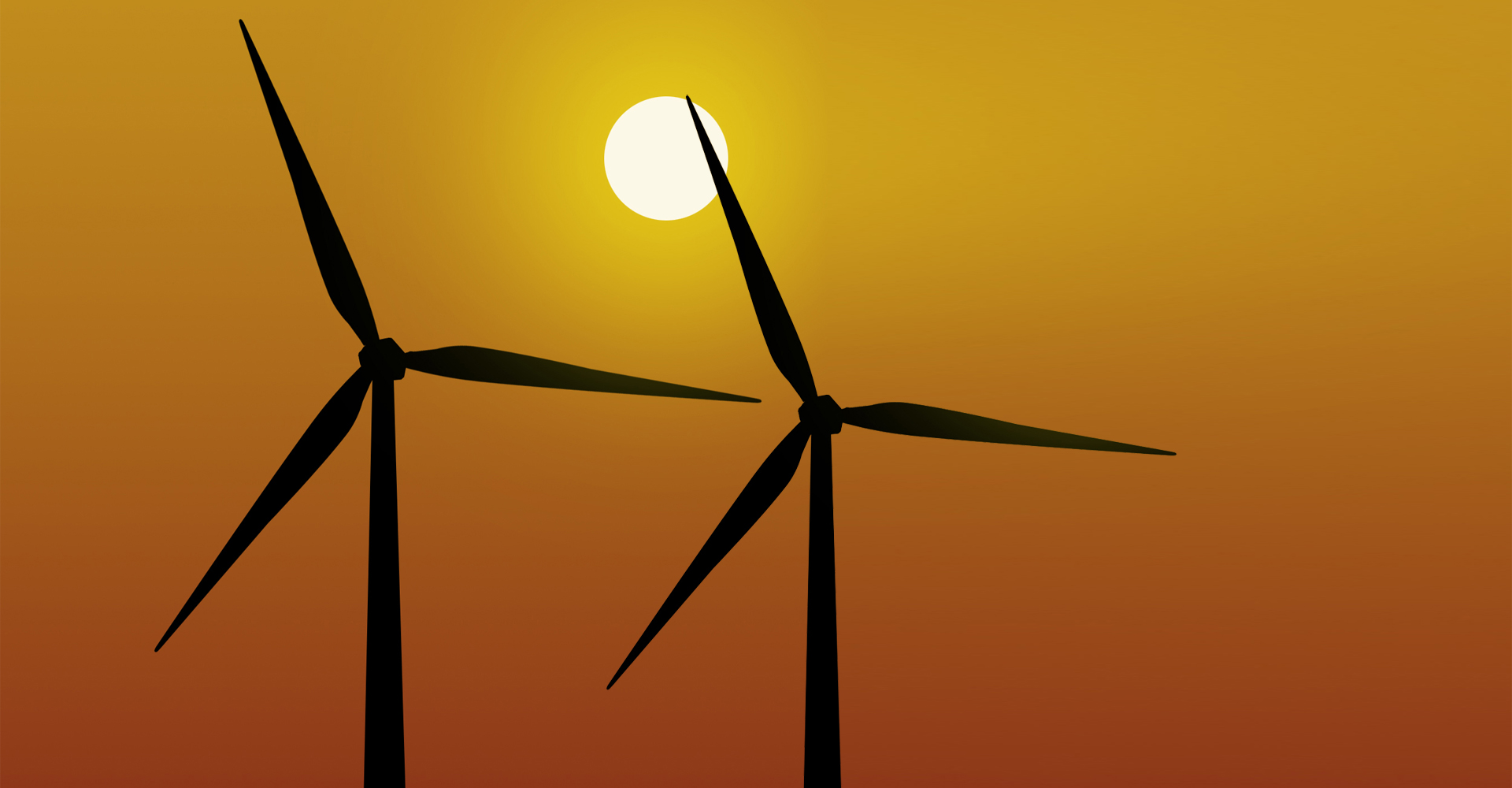
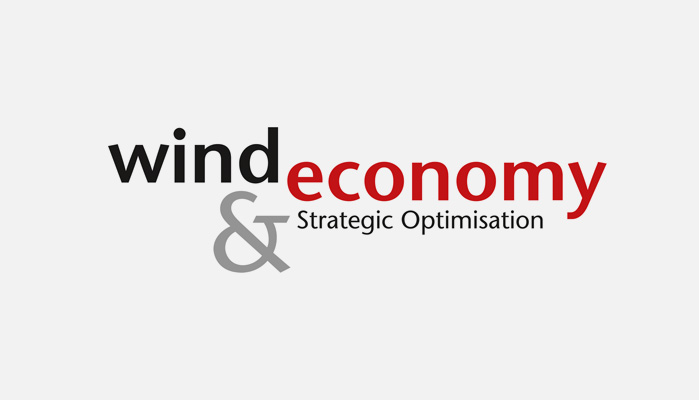
One of the most challenging tasks for wind farm developers is the optimisation of offshore wind power plants. Large offshore wind farms and wind farm clusters, such as those in the German Bight or on the Dogger bank, change the wind climate itself and make this optimisation task even more demanding. During the process of wind farm optimisation, hundreds of variations are considered and need to be managed, documented and benchmarked.
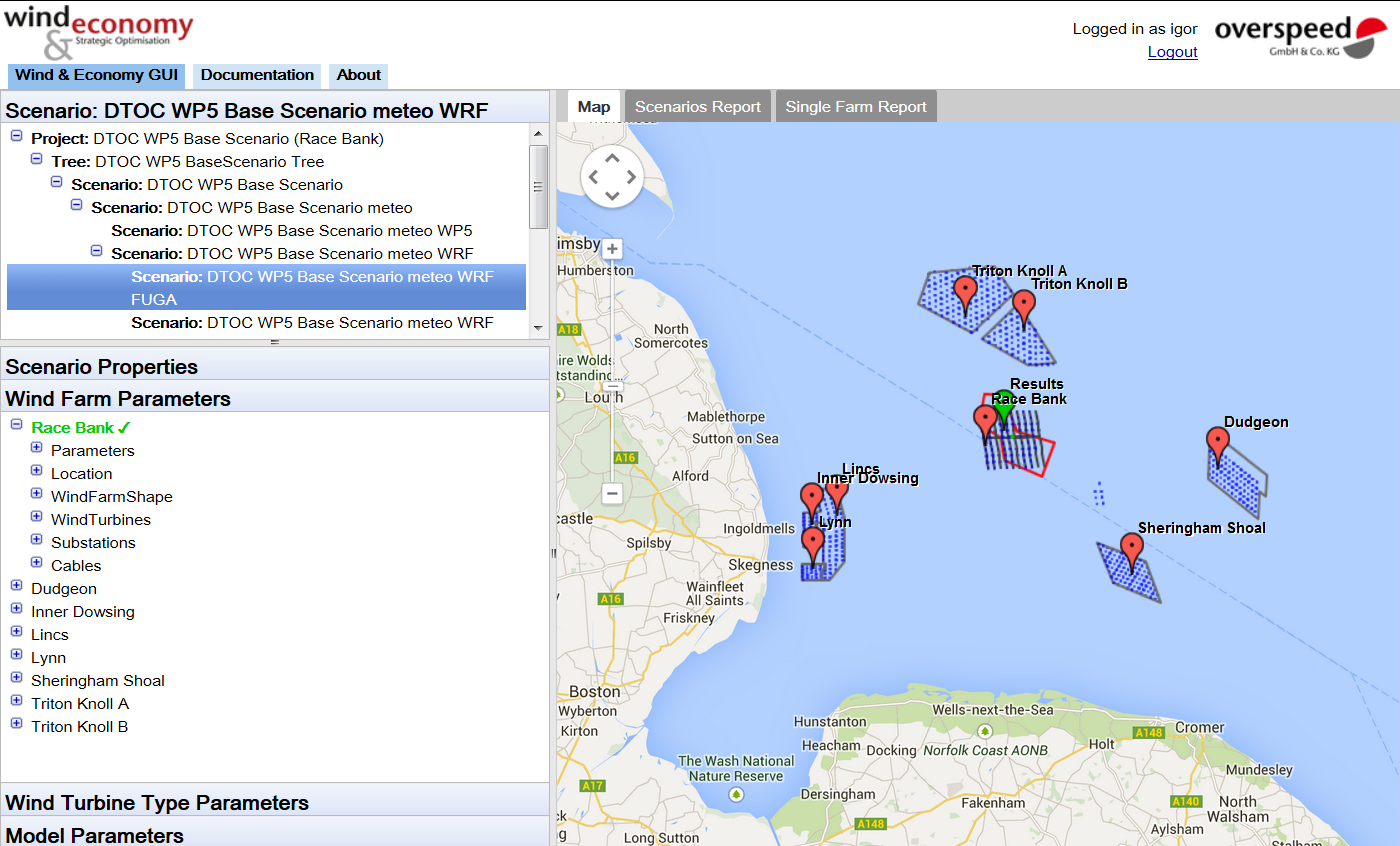
Our new software tool, Wind & Economy, supports your challenging work with the seamlessly integrated modelling of wind climate, large scale and localized wind farm effects, electrical loss calculations and derivation of economic key figures.
A clearly organized workflow supports you in the management of the set of all wind farm variations ever to be considered during your project. Using LCOE, the Levelized Cost of Energy, as an economic performance key indicator helps you to benchmark different approaches and select your optimised design.
In addition, the detailed knowledge of the uncertainties of energy production and LCOE supports the management of financial risks. Leading edge meteorological and wind farm models, taken together with a consideration of the uncertainty of energy production and the cost of energy, make your results waterproof and bankable.
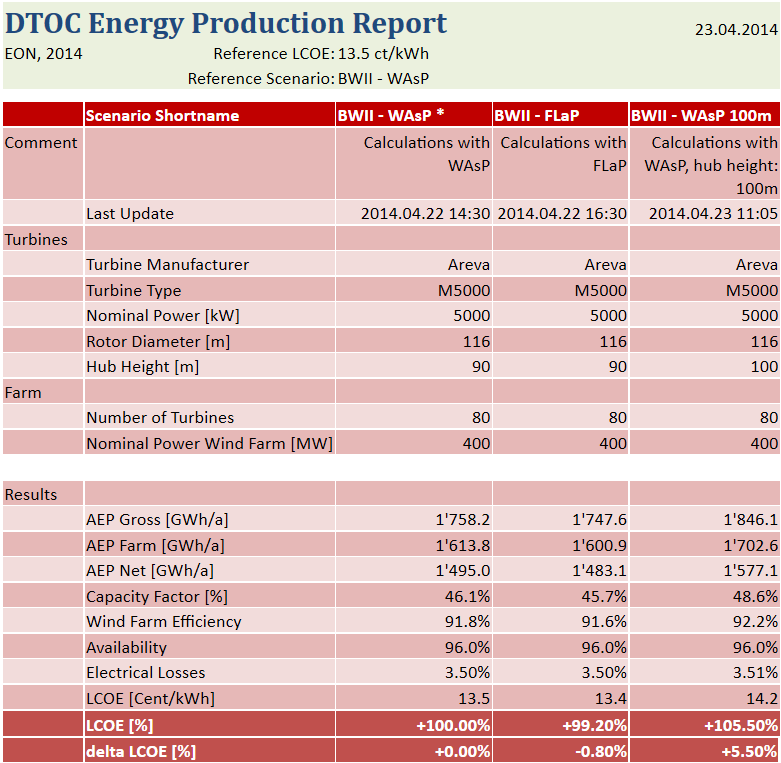
Having hundreds of variations of the wind farm layout is not rare during the optimisation process of offshore wind farms. In order to support you in handling these different configuration options as efficiently as possible, we have defined a workflow which organizes many different farm variants in a development tree.
For this purpose, Wind & Economy defines farm “scenarios” consisting of wind climate, turbine types, hub height, models used to calculate the energy production, electrical grid layout and economic parameters.
These scenarios, organized in trees, help you in keeping track of your valuable work and the development process. Comparative reporting of the results from a number of scenarios supports you in selecting the right track towards your optimised wind farm.
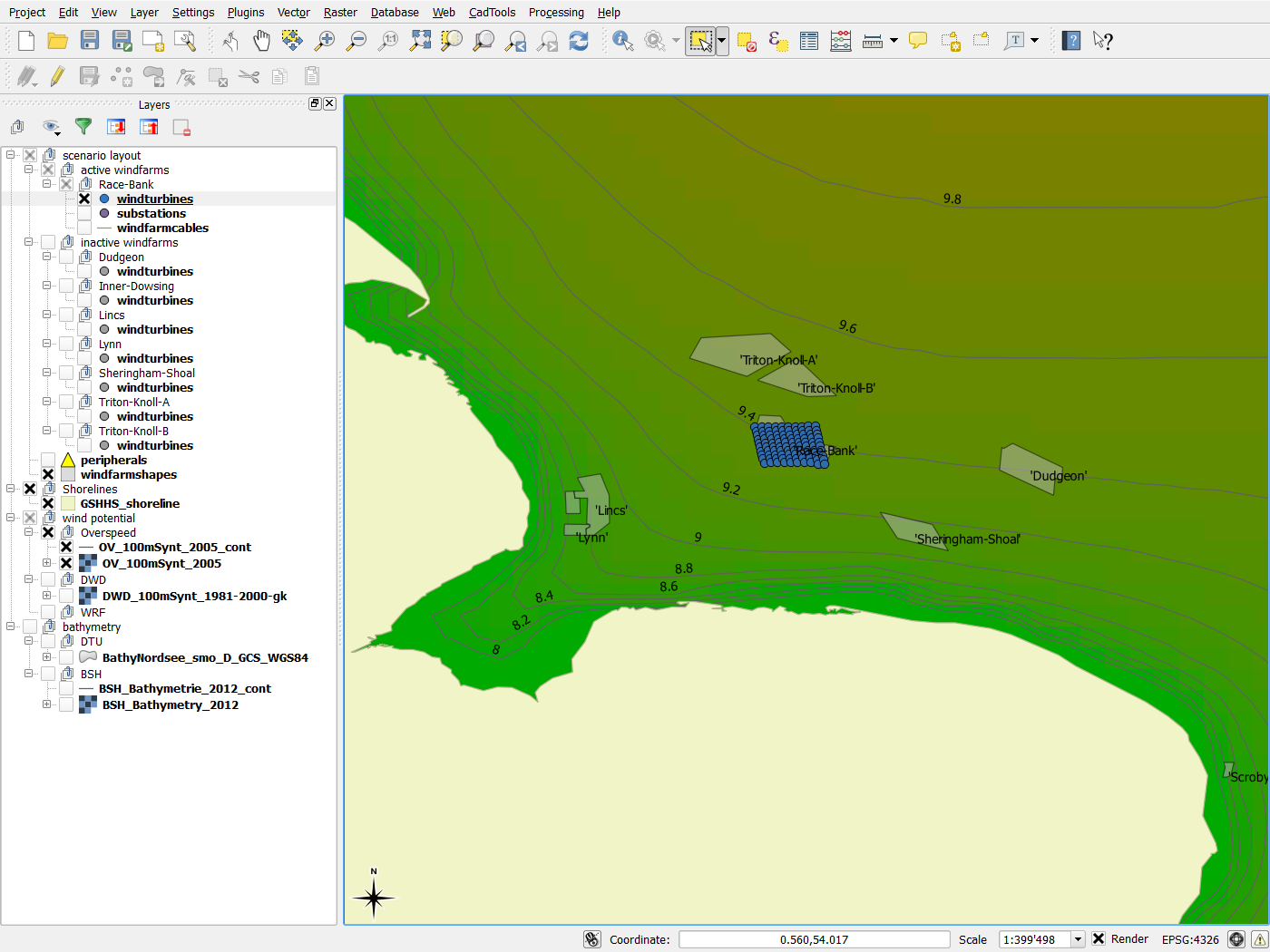
Many tasks which must be performed in order to optimize offshore wind farms are well supported by Geographical Information Systems, GIS. To benefit from this approach, we have included an open source GIS, the QGIS software, into the Wind & Economy workflow as one possible frontend.
By using this approach, you will be able to: